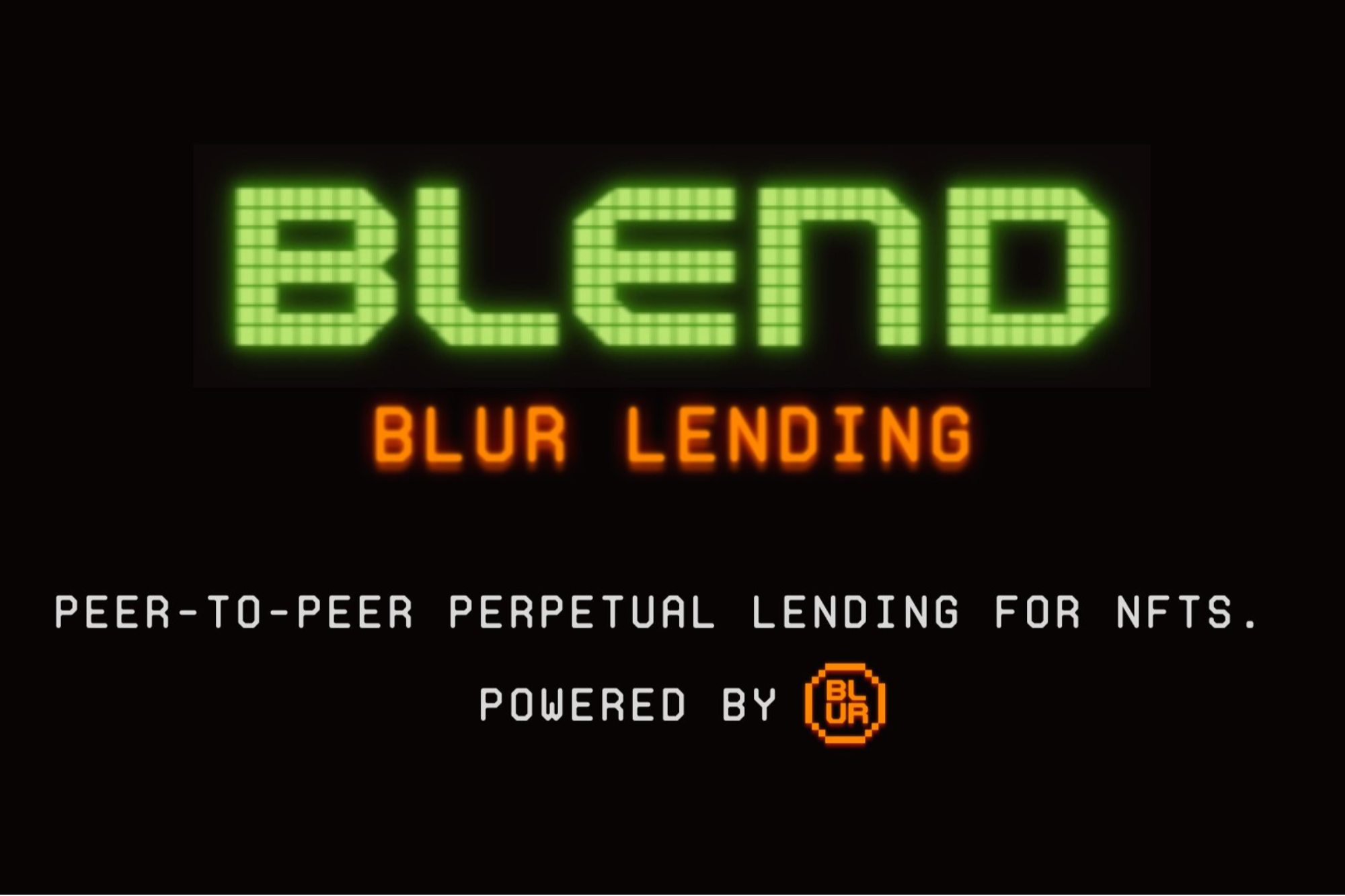NORTH CAROLINA COUNTY?S PUSH TO HALT BITCOIN MINING ANOTHER BLOW TO INDUSTRY RATTLED BY REGULATION

Cryptocurrency mining has been a revolutionary phenomenon in the world of finance and technology. However, it has also faced its fair share of challenges, including regulatory scrutiny. In a recent development, a North Carolina county has taken steps to halt Bitcoin mining, sending shockwaves through an industry already grappling with increasing regulation. In this blog post, we will explore the implications of this decision and delve into the world of cryptocurrency mining, including the role of cryptocurrency mining machines, crypto mining software, crypto mining sites, crypto mining calculators, Bitcoin mining apps, cryptocurrency mining rigs, and the broader landscape of crypto mining apps and miners for crypto.
Understanding Cryptocurrency Bitcoin Mining
Cryptocurrency mining is the process through which new cryptocurrency coins are created and transactions are verified and added to the blockchain ledger. It is an essential component of any blockchain-based cryptocurrency like Bitcoin. Miners are individuals or entities that participate in this process, and they use specialized hardware and software to solve complex mathematical puzzles. The first one to solve the puzzle gets to add a new block of transactions to the blockchain and is rewarded with a certain number of newly created cryptocurrency coins, often referred to as "block rewards."
The Role of Cryptocurrency Mining Machines
Cryptocurrency mining machines, also known as mining hardware or miners, play a crucial role in the mining process. These machines are specifically designed for the task of solving the complex mathematical problems required to validate transactions and secure the network. There are different types of mining machines, including ASIC (Application-Specific Integrated Circuit) miners and GPU (Graphics Processing Unit) miners, each with its own advantages and limitations.
ASIC miners are highly specialized and efficient devices built solely for mining purposes. They are particularly well-suited for cryptocurrencies that use algorithms like SHA-256, such as Bitcoin. On the other hand, GPU miners are more versatile and can be used for mining a variety of cryptocurrencies but may not be as efficient as ASICs for specific algorithms.
Crypto Mining Software: The Brain Behind Mining
Crypto mining software is the intelligence behind the brawn of mining machines. It serves as the bridge between the hardware and the blockchain network. Miners use software to connect to the blockchain, receive transaction data, and solve the cryptographic puzzles required to validate and record transactions. There are various crypto mining software options available, each designed to work with specific hardware and cryptocurrencies.
Some of the popular crypto mining software include CGMiner, BFGMiner, EasyMiner, and NiceHash. These software solutions offer miners essential tools, such as monitoring, overclocking, and temperature control, to optimize their mining operations.
Crypto Mining Sites: Where Miners Gather
Crypto mining is often conducted in large-scale facilities known as mining farms or crypto mining sites. These facilities house a multitude of cryptocurrency mining machines and are strategically located to take advantage of cheap electricity and cooling solutions. Mining farms are essential for the scalability of cryptocurrency networks, as they contribute significant computational power to the network's security and transaction validation processes.
Crypto Mining Calculators: Planning for Profitability
Cryptocurrency mining is not without its costs. Miners must consider expenses such as electricity, hardware maintenance, and initial investment in mining equipment. Crypto mining calculators are valuable tools that help miners estimate their potential profitability based on factors like current bitcoins mining app prices, mining difficulty, and electricity costs. These calculators provide insights into whether a mining venture is likely to be profitable or not, assisting miners in making informed decisions.
Bitcoin Mining Apps: Mining on the Go
In recent years, there has been a surge in the development of Bitcoin mining apps. These apps enable individuals to mine Bitcoin directly from their smartphones or other portable devices. While mobile mining apps are convenient, they are less efficient than dedicated mining hardware and are more suitable for users looking to dip their toes into cryptocurrency mining without substantial investments.
Cryptocurrency Mining Rigs: Assembling Mining Powerhouses
For those who are serious about cryptocurrency mining, building a cryptocurrency mining rig is a common approach. A mining rig is a custom-built computer system optimized for mining purposes. Miners can assemble their rigs by selecting the best combination of GPUs, ASICs, or other hardware components to maximize their mining efficiency. Building a mining rig allows for greater customization and control over mining operations.
The Regulatory Landscape of Cryptocurrency Mining
The cryptocoin mining rig industry has been a subject of regulatory scrutiny in various parts of the world. Concerns surrounding energy consumption, environmental impact, and the potential misuse of cryptocurrencies have prompted governments and local authorities to implement regulations. North Carolina's recent push to halt Bitcoin mining is one such example.
North Carolina County's Push to Halt Bitcoin Mining
North Carolina's move to halt Bitcoin mining is driven by concerns related to energy consumption and environmental impact. Mining operations require a substantial amount of electricity, and in regions where power generation relies heavily on fossil fuels, the carbon footprint of crypto mining can be significant. As a result, some local authorities have sought to limit or ban mining activities to address these concerns.
Implications for the Crypto Mining Industry
North Carolina's decision to halt Bitcoin mining is another reminder of the challenges facing the crypto mining industry. While the concerns about energy consumption and environmental impact are valid, the industry has been taking steps to address these issues. For example, some miners are actively seeking out locations with abundant renewable energy sources to reduce their carbon footprint.
Moreover, the cryptocurrency industry has been exploring alternative consensus mechanisms that require less energy than the proof-of-work (PoW) algorithm used in Bitcoin mining. Ethereum, the second-largest cryptocurrency by market capitalization, is in the process of transitioning from PoW to proof-of-stake (PoS), a more energy-efficient consensus mechanism.
The cryptocurrency mining industry has come a long way since its inception, and it continues to evolve despite regulatory challenges. The role of cryptocurrency mining machine, crypto mining software, crypto mining sites, crypto mining calculators, Bitcoin mining apps, cryptocurrency mining rigs, and the broader landscape of crypto mining apps and miners for crypto are all integral parts of this dynamic ecosystem.
While North Carolina's push to halt Bitcoin mining underscores the regulatory hurdles the industry faces, it also highlights the need for responsible mining practices and the adoption of more energy-efficient consensus mechanisms. As the industry continues to mature, miners and stakeholders must work collaboratively to strike a balance between innovation, profitability, and sustainability. Only then can cryptocurrency mining truly thrive in a regulated world.
What's Your Reaction?
















